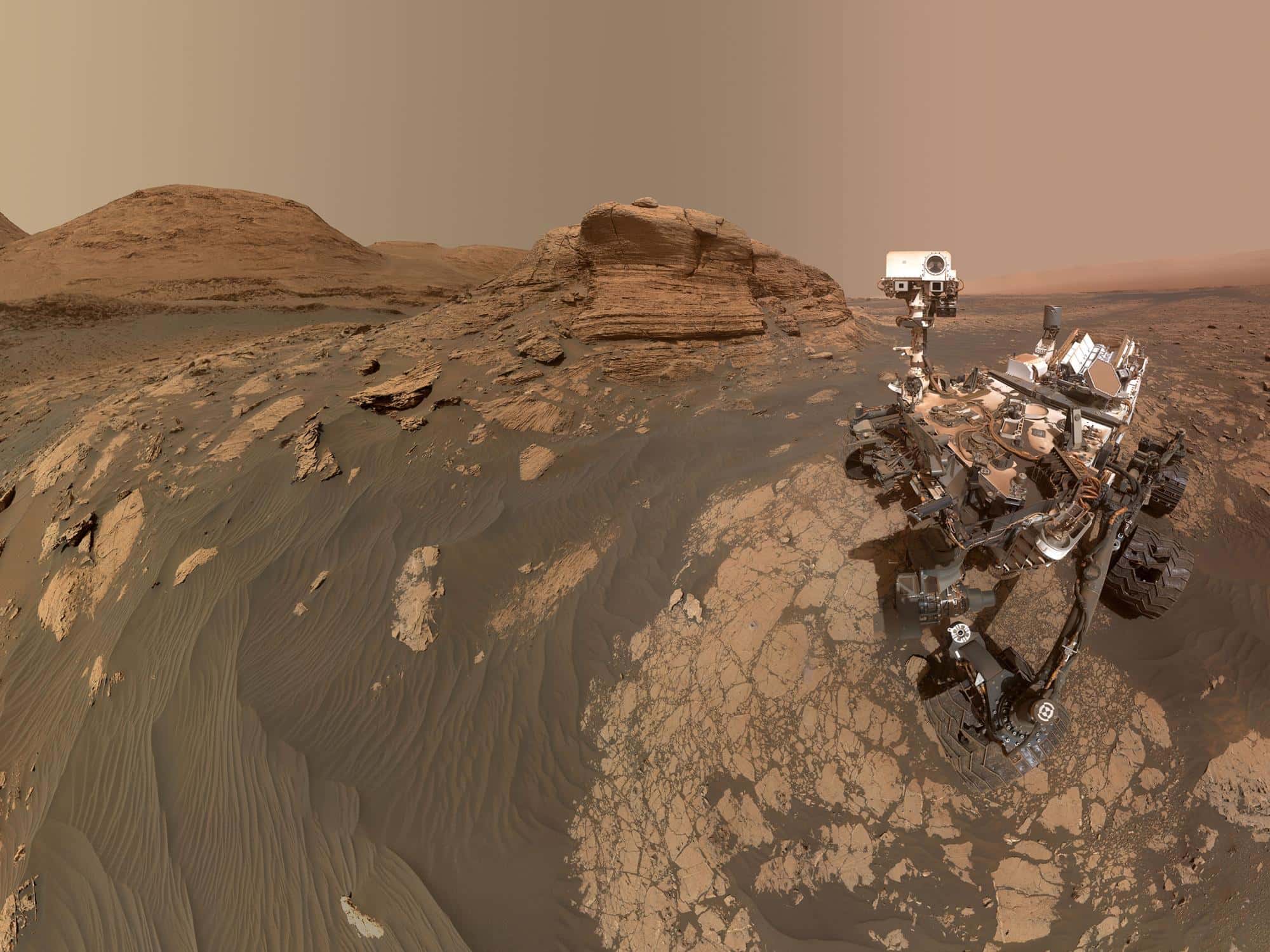Rivers play a crucial role for life on Earth. Eons ago — and they may have done the same thing on Mars. Researchers at Penn State have identified eroded fragments of rivers in a number of craters on Mars, further supporting the idea that water once flowed on Mars. This new find builds on previous studies that suggest life on the Red Planet may have had all the right conditions to emerge.

“We’re finding evidence that Mars was likely a planet of rivers,” Benjamin Cardenas, lead author of the new study, said in a press release. Cardenas and colleagues used numerical models to simulate erosion on Mars over millennia and found that common crater formations (called bench-and-nose landforms) are likely remnants of ancient riverbeds.
The rivers of Mars
It’s the first study to map the erosion of ancient Martian soil by training a computer model on a combination of satellite data, images from NASA’s Curiosity Rover and 3D scans of sedimentary rock beneath the Gulf of Mexico seafloor. This showed a new interpretation of the Martian craters that had never been linked with river deposits.
Curiosity had previously established that the Gale Crater on Mars, which it started exploring in 2012, was once filled with liquid water.
The crater was formed by the impact of a big meteorite between 3.5 and 3.8 billion years ago. In fact, it was chosen as the landing site for Curiosity because it was so promising for studying the possibility of water and life on Mars.
“We have everything to learn about Mars by better understanding how these river deposits can be interpreted stratigraphically, thinking about rocks today as layers of sediment deposited over time,” Cardenas said in a news release. “What we see on Mars today is the remnants of an active geologic history, not some landscape frozen in time.”
Previous studies of Mars satellite data had pinpointed fluvial ridges as potential candidates for ancient river deposits. But this is the first evidence of river deposits distinct from fluvial ridges instead of bench-and-nose landforms. In other words, it’s another type of feature that suggests water flowed on Mars.

This suggests that there could be many river deposits on the planet that haven’t been discovered and that a big part of the Martian sedimentary record may have been built by rivers during a time the planet was habitable, Cardenas said. It all points to these rivers on Mars having acted similarly to the current ones we have on Earth, he added.
To create the computer model for the study, the researchers used 25-year-old scans of Earth’s stratigraphy, specifically from the Gulf of Mexico seafloor, as it provided an ideal comparison to Mars. They ran the model and it showed erosional Martian landscapes that formed topographic benches and noses, similar to the ones seen by Curiosity,
“Our research indicates that Mars could have had far more rivers than previously believed, which certainly paints a more optimistic view of ancient life on Mars,” Cardenas, a geoscientist at Penn State, said in a news release. “It offers a vision of Mars where most of the planet once had the right conditions for life.”
The study was published in the journal Geophysical Research Letters.






